Idrw Team
SOURCE: IDRW.ORG TEAM
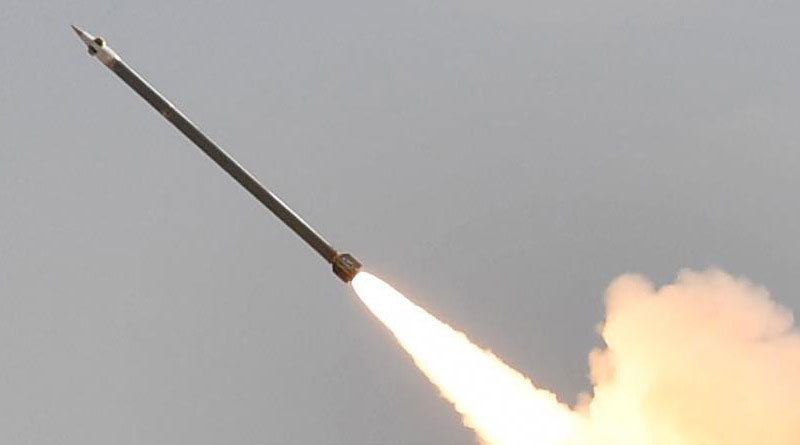
The Defence Research and Development Organisation (DRDO) of India has developed the guided Pinaka system, a highly accurate artillery rocket system with a range of 90 kilometers. This system is now attracting significant attention from Eastern European countries. While DRDO remains tight-lipped about the specific countries involved, sources indicate that negotiations are ongoing with at least two nations in the region.
The growing interest follows India’s success in exporting the Pinaka system to Armenia, a deal that has spurred interest in other countries as well, including those in Southeast Asia. The guided Pinaka system, which was initially an unguided rocket, has been transformed into a high-precision weapon through the integration of a Guidance, Navigation & Control (GNC) kit developed by the Research Centre Imarat (RCI), a laboratory under DRDO.
Continue readingSOURCE: IDRW.ORG TEAM
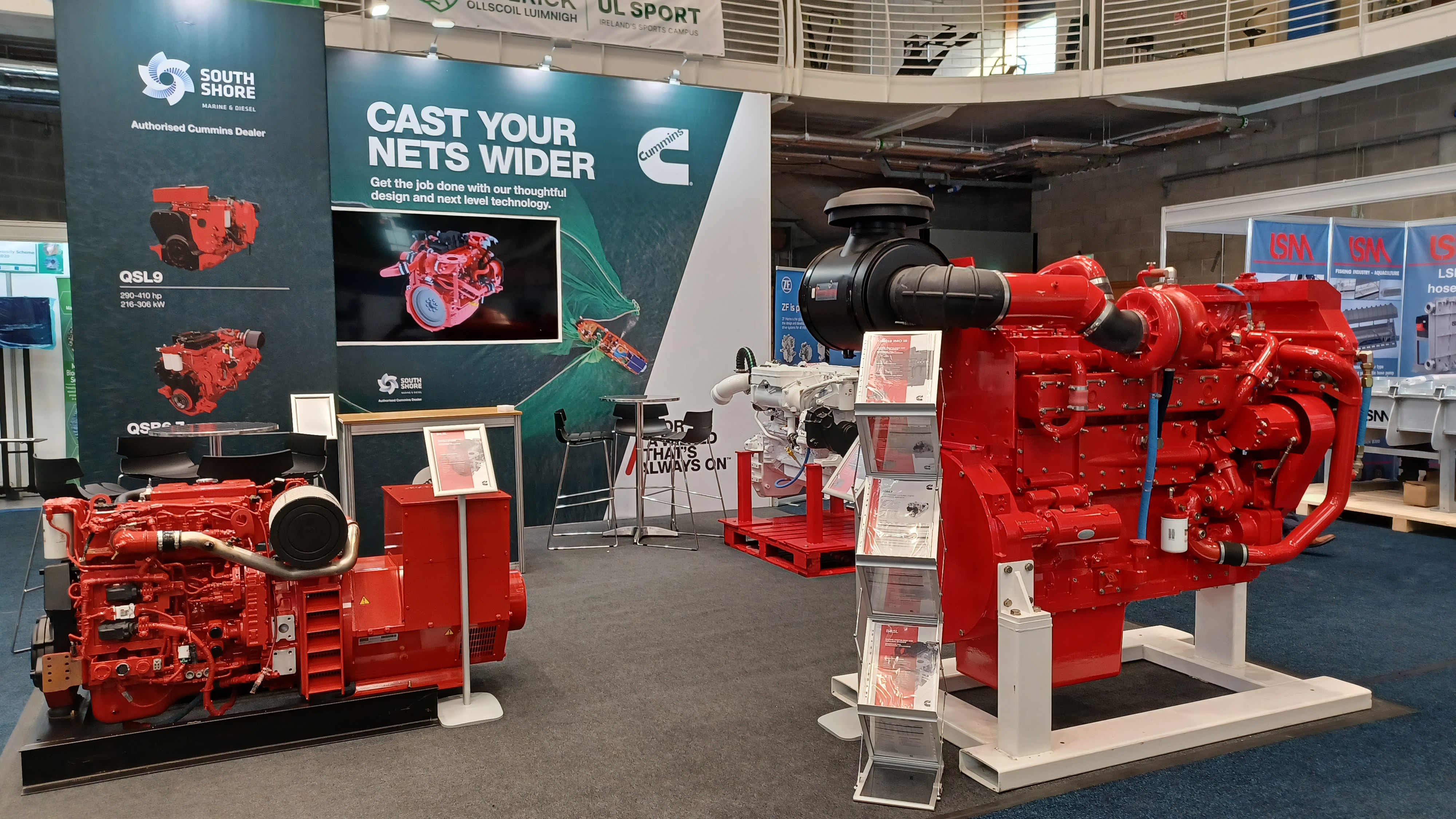
Marine Electricals (India) Limited has entered into a strategic memorandum of understanding (MoU) with Cummins India to jointly manufacture and supply pumps for Indian Navy ships. This collaboration aims to strengthen India’s indigenous defense capabilities and meet the growing requirements of the naval fleet.
Under the terms of the MoU, Marine Electricals will be responsible for manufacturing pumps specifically designed for naval applications. Cummins India, a global leader in power solutions, will provide its expertise and technology to support the manufacturing process. The partnership will also include supply, commissioning, and after-sales services for the pumps, ensuring their optimal performance and reliability.
Continue readingSOURCE: IDRW.ORG TEAM

The Indian Navy has significantly enhanced its surveillance capabilities by installing a state-of-the-art radar on its INS Mysore, a Delhi-class guided-missile destroyer. The newly integrated Lanza-N 3D air surveillance radar, developed by Spanish company Indra, forms part of the vessel’s comprehensive mid-life upgrade.
This installation marks a significant milestone in the Indian Navy’s modernization efforts. The Lanza-N radar, renowned for its long-range and precision, will provide the INS Mysore with superior situational awareness, enabling it to detect and track aerial threats at greater distances.
Continue readingSOURCE: IDRW.ORG TEAM
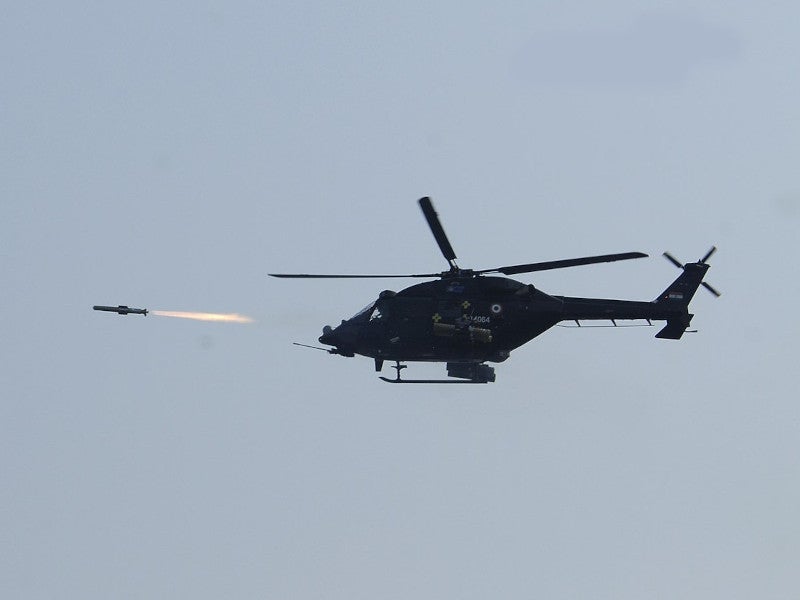
Bharat Dynamics Limited (BDL) has announced that user trials for the HELINA anti-tank guided missile (ATGM) are set to commence within the next year. The HELINA, a third-generation fire-and-forget missile, will be integrated onto the Light Combat Helicopter (LCH) Prachand, developed by Hindustan Aeronautics Limited (HAL).
Vinod Kumar, GM at BDL, confirmed that developmental trials of the HELINA have been successfully completed on the ALH-Rudra Weapon System Integration (WSI) helicopter. The upcoming user trials will evaluate the missile’s performance on both the ALH-Rudra WSI and the LCH-Prachand.
Continue readingSOURCE: IDRW.ORG TEAM
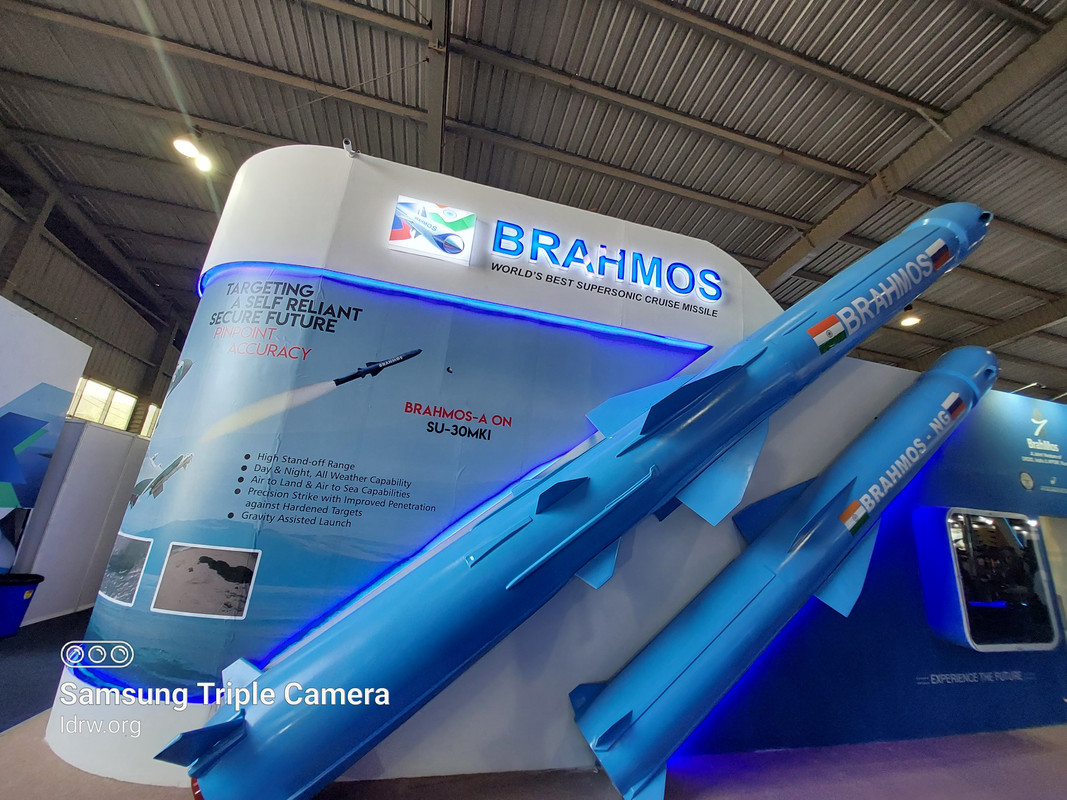
The highly anticipated BrahMos-NG supersonic cruise missile, a joint venture between India and Russia, is set to commence testing within the next two years. This announcement was made by A. Maksichev, co-director of the BrahMos joint venture on the Russian side, in a statement to TASS news agency.
The BrahMos-NG is a formidable weapon, weighing in at 1.3 tons and capable of being launched from any fighter aircraft. It is particularly designed to integrate seamlessly with the Indian Air Force’s Sukhoi-30MKI fleet. With a remarkable range of 290 kilometers and a blistering speed of Mach 3.5, the BrahMos-NG is poised to become one of the deadliest air-launched cruise missiles in the world.
Continue readingSOURCE: IDRW.ORG TEAM
The Indian Army has initiated a Request for Information (RFI) to bolster its domestic defense capabilities by seeking indigenous production of advanced 125mm Armour Piercing Fin Stabilized Discarding Sabot (APFSDS) ammunition. This critical component is essential for enhancing the firepower of the country’s T-72 and T-90 main battle tanks.
The RFI emphasizes the need for ammunition with superior Depth of Penetration (DoP) capabilities, a crucial factor in defeating modern armored vehicles equipped with advanced protection systems. By localizing the production of this essential munition, the Indian Army aims to reduce dependence on foreign suppliers and create opportunities for domestic defense industries.
Continue readingSOURCE: IDRW.ORG TEAM

A fierce competition is brewing for the Argentine Army’s upcoming utility helicopter acquisition program. European aerospace giant Airbus Helicopters has officially submitted a bid for its H145M multi-purpose helicopter to replace the aging Bell UH-1H Iroquois fleet.
The H145M, renowned for its versatility and advanced avionics, is set to face stiff competition from India’s Hindustan Aeronautics Limited (HAL), which has offered its ALH-Dhruv helicopter. This development marks a significant opportunity for both companies to expand their global footprint.
Continue readingSOURCE: IDRW.ORG TEAM

The Indian Army is taking significant steps to enhance the survivability of its fleet of T-90 main battle tanks (MBTs) in the face of evolving battlefield threats. To counter the growing menace of shaped grenades, guided missiles, and FPV drones, the Army plans to equip these tanks with specialized mesh screens and nets. These protective measures will shield the engine and transmission compartment, as well as the vulnerable aft part of the turret.
India operates approximately 1,100 T-90 MBTs, which are undergoing phased upgrades to the MS configuration. This modernization initiative aims to bolster the tanks’ capabilities across multiple domains. Earlier this year, a notable milestone was achieved with the delivery of the first batch of 10 T-90 Mk-III MBTs by the state-owned Armoured Vehicles Nigam Limited (AVNL).
Continue readingSOURCE: IDRW.ORG TEAM

William L. Blair, Vice President & Chief Executive of Lockheed Martin India, recently highlighted a significant advantage that the F-21 fighter jet could offer to the Indian Air Force (IAF) as part of the Multi-Role Fighter Aircraft (MRFA) tender. The F-21, Lockheed Martin’s advanced version of the F-16V, is powered by the General Electric F110-GE-129 afterburning turbofan engine. This engine, Blair noted, could provide an added edge due to the IAF’s existing familiarity with General Electric’s engines, specifically the F404 and F414 engines that power India’s Tejas Mk1A and MkII fighter jets.
Although the F110-GE-129 engine is not directly based on the F404 and F414 engines, Blair emphasized that the growing General Electric (GE) supply chain in India, which is being developed to maintain and support the F404 and F414 engines, will play a crucial role. This supply chain infrastructure will enable India to manage and maintain the F110-GE-129 engines more effectively within the country, reducing reliance on external support and enhancing operational efficiency.
Continue readingSOURCE: IDRW.ORG

Velmenni, a frontrunner in Li-Fi (Light Fidelity) technology, has secured a substantial grant from the Ministry of Defence (MoD) under the iDEX initiative. This funding marks a significant step towards revolutionizing secure wireless communication for the Indian Navy, particularly in addressing the unique challenges faced in modern warfare.
The iDEX program serves as a launchpad for innovation within India’s defense sector. By fostering the integration of cutting-edge technologies like Velmenni’s Li-Fi, this initiative aligns perfectly with national ambitions like Make in India, Startup India, and the Atal Innovation Mission (AIM).
Continue readingSOURCE: IDRW.ORG TEAM
In a significant development, Defence Minister Rajnath Singh is scheduled to visit Washington later this month, where he is expected to address the critical issue of delays in the supply of GE-F404 turbofan engines to Hindustan Aeronautics Limited (HAL) by the American firm General Electric (GE). This delay has become a primary factor impacting the delivery timeline of 83 Tejas Mark-1A fighter jets to the Indian Air Force (IAF), a deal valued at ?46,898 crore that was finalized in February 2021.
The GE-F404 engine is the heart of the Tejas Mk1A, India’s indigenous light combat aircraft (LCA). Under the agreement, the IAF is to receive 83 upgraded Tejas Mark-1A jets from HAL, with deliveries originally expected to commence in 2023. However, the delay in engine supply from GE has posed a significant hurdle in meeting the delivery schedule.
Continue readingSOURCE: IDRW.ORG TEAM
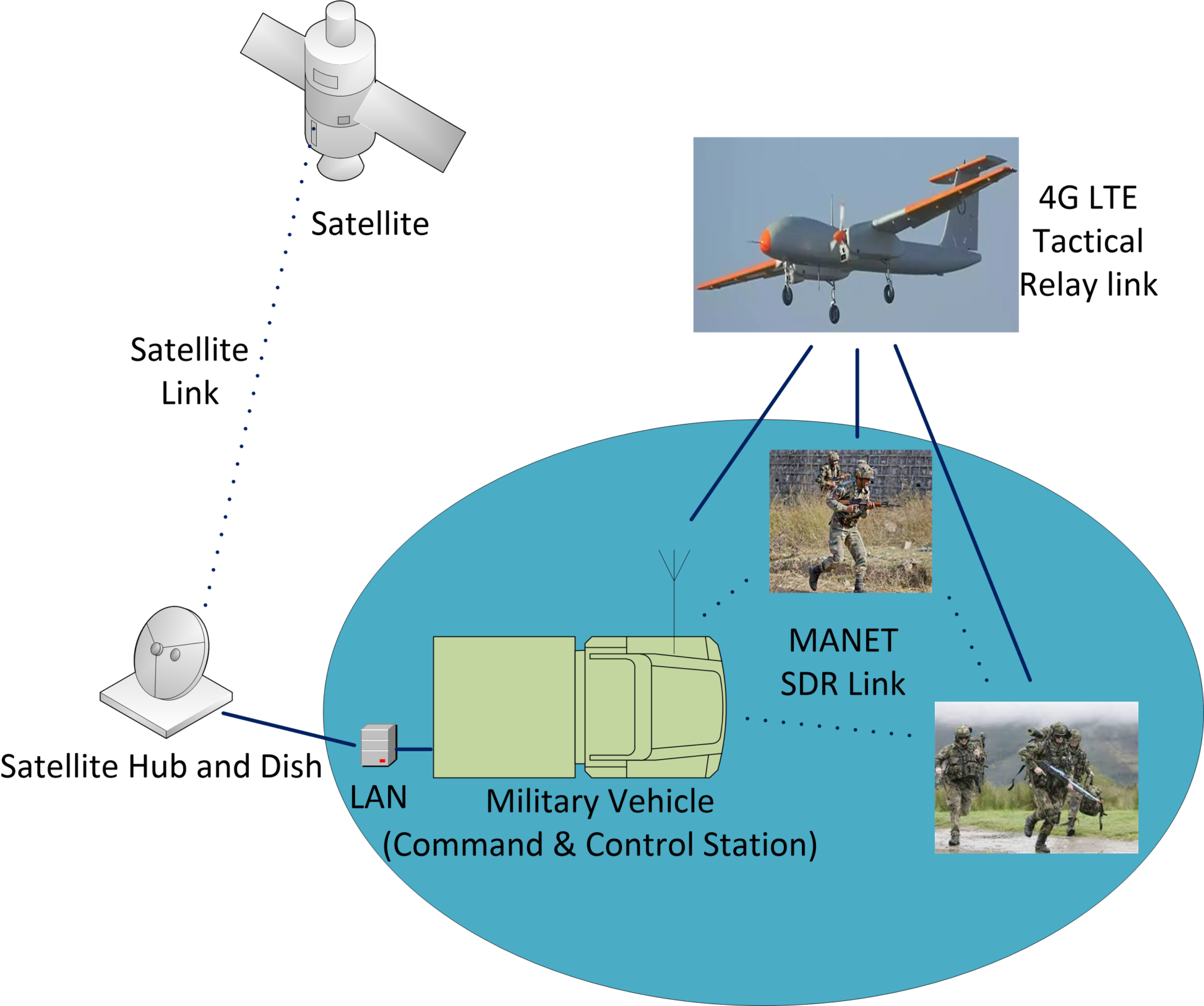
Lekha Wireless has made significant strides in the field of wireless communication by successfully demonstrating the capabilities of its Software Defined Radio (SDR) with advanced Low Probability of Intercept (LPI) radios to the Indian Army.
The company’s technology, which boasts below noise floor communication and an impressive frequency hopping rate of over 5000 hops per second, has garnered significant praise from the Army’s elite technical officers. The demonstrated features, including secure voice communication in LPI/LPD mode and applications like situational awareness and messaging, have left a lasting impression.
Continue readingSOURCE: IDRW.ORG TEAM
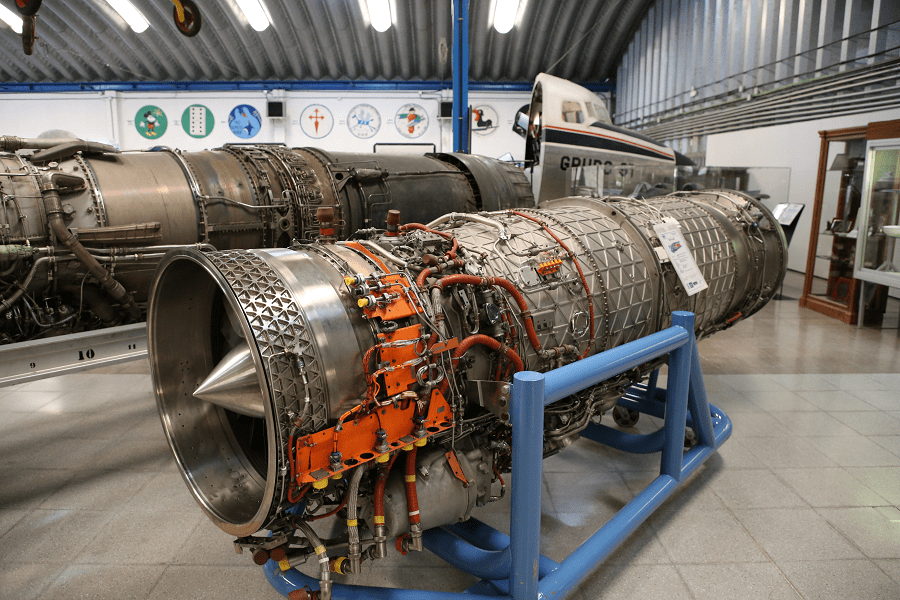
India’s pursuit of a 6th generation jet engine for its Advanced Medium Combat Aircraft (AMCA) program is taking an interesting turn. While initial plans involved a collaborative effort with a foreign partner, with significant contributions from the Gas Turbine Research Establishment (GTRE), a new approach is emerging.
GTREs, the parent organization of DRDO, is now prioritizing the development of a “future-proof” engine concept. This engine is envisioned to not only power the AMCA but also be adaptable for future Indian aircraft platforms. This shift in strategy necessitates a greater focus on advanced afterburner technologies, an area where GTRE’s expertise is still under development.
Continue readingSOURCE: IDRW.ORG TEAM

In a groundbreaking achievement for India’s space sector, Hyderabad-based startup TakeMe2Space has successfully assembled the first module of its MOI-TD (Micro Orbital Infrastructure – Technology Demonstration) satellite. This innovative project aims to create the world’s first satellite lab in space, opening up exciting possibilities for research and experimentation.
The MOI-TD is a significant milestone in space exploration, offering a platform for both professional researchers and young students to conduct experiments in the unique microgravity environment of space. Notably, engineers from a Malaysian university and a group of class 9-10 students from an Indian school have already secured their spots as the first customers to utilize this revolutionary facility.
Continue readingSOURCE: IDRW.ORG TEAM
The Indian Air Force (IAF) is looking to significantly bolster the capabilities of its MiG-29 fighter jets by equipping them with stand-off ground attack weapons. A recent Request for Proposal (RFP) issued by the Ministry of Defence, on behalf of the IAF, invites industry partners to collaborate on this project, which will be overseen by the IAF’s No.11 Base Repair Depot.
The IAF has identified an urgent need to upgrade 24 MiG-29 aircraft to carry the High Speed Low Drag (HSLD) Mark-II stand-off weapon, capable of striking targets at a distance of over 180 kilometers. This enhancement requires substantial modifications to the aircraft, including the integration of new hardware and software systems.
Continue reading